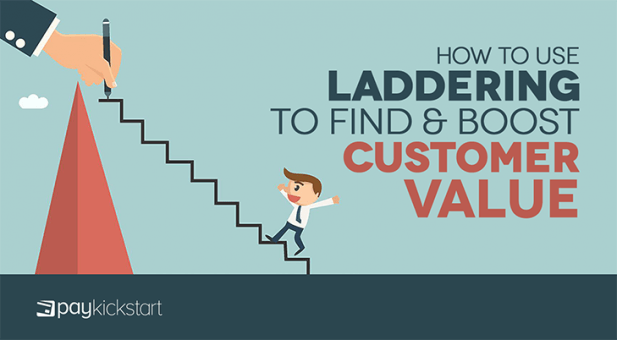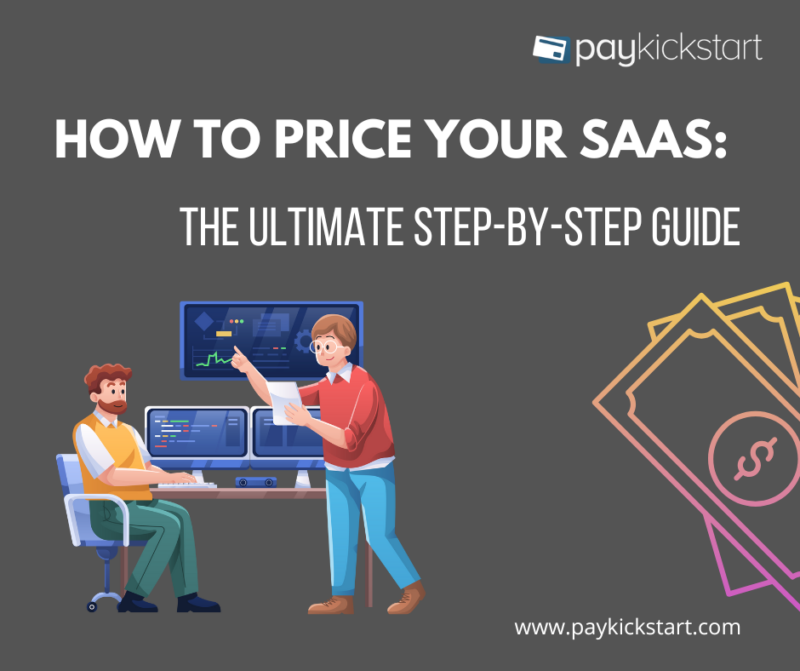Subscription growth hack (by PayKickstart)
Facebook Group - 3,932 members
Visit Group
Laddering is a powerful technique that allows you to uncover what people actually value. When it comes to ecommerce, understanding what people value is essential. Once you understand this, you can craft a sales pitch that closely aligns with their values. Unfortunately, uncovering these insights can be difficult. That’s where laddering comes in.
Determining how customers choose from among multiple options is difficult.
Perhaps the most common method for discovering what people value and how much they’ll pay is an interview. While interviews are a great tool, many interviewees have trouble articulating their particular purchasing decision. As a result, the understanding produced from the interview could end up being shallow.
In order to better understand customers and their purchases, you need a structured approach. With such an approach, you can use laddering to better understand behavior and motivations.
Means End Chain Theory postulates that purchasing decisions are made based on a hierarchy of perceptions. Further, these perceptions relate to one another based on varying levels of consideration and also the various intersections between the decision maker and the product or service.
That’s a lot to unpack. Essentially, the Means End Theory contrasts the decision maker and their values with the product and its attributes. When they interact, there are “consequences” when the attributes of the product or service have an impact on the purchaser.
Laddering is often used in psychology to find values and even subconscious motives. Laddering starts with a simple question and then follows up with more specific questions to that response. Let’s look at an example:
Interviewer: Why did you buy this blender?
Subject: Because I wanted to blend smoothies.
Interviewer: Why are you interested in blending smoothies?
Subject: I am trying to lose weight. Smoothies are part of my diet.
Interviewer: is there any particular reason you want to lose weight?
Subject: My doctor recommended that I do so.
A simple laddering question set can include just three questions.
The above interaction is interesting, to say the least. If you think of the attributes of a blender, you might assume that the person values finely chopped foods or is a talented cook with specific needs.
Yet in this case, we find that the shopper’s primary goal is actually losing weight. This could be thought of as a consequence of the interaction between the subject and the blender. And the motivation is the doctor’s recommendation.
When you use laddering, the first question is meant to identify the attributes that the customer is interested in. The second question will try to identify the consequences. You can then follow up with a third question that will uncover more about the motivations.
Laddering is a proven technique. Marketing experts have already discovered that it works. However, laddering isn’t perfect and there are some limitations. While laddering is a useful tool, you should keep these limitations in mind.
A ladder can reach only so far.
So what are they? For one, there are so many questions that can be generated that it can be overwhelming. In addition, some interviewees may become annoyed by the seemingly mundane questions. If this becomes a problem, feel free to explain how laddering works and what you are trying to accomplish.
Other limitations include:
In spite of these limitations, laddering remains a favorite tool among marketers. While far from perfect, this method does allow you to hone in on potential values, motivations, and how customers interact with products and services.
One of the most important things laddering accomplishes is allowing you to understand the decision making process. Laddering works with both consumers and b2b customers, so if you need to uncover more about the decision making process, laddering can be effective.
One vital thing you need to determine is who the decision makers are. Laddering works best when considering decision makers and potential gatekeepers. You’ll need to understand their motives, values, and everything else.
Finding decision makers and gatekeepers within businesses can be difficult. While it’s tempting to assume the CEO is the ultimate decision maker, that’s often false. The decision might fall to a project manager or CTO. Or maybe the CEO does have the final say, but the project manager and CTO could act as gatekeepers.
Either way, if you want to target b2b customers, you’ll have to figure out who is making the decisions and who could act as a gatekeeper. For customers, finding the decision maker is often easier. You can look at how is using the product and also who is paying for it.
Once you identify these parties, you can conduct interviews and use laddering to learn more. As you come to understand the decision making process, you’ll be able to put together more effective pitches.
Think of our blender customer. You might think that a blender company should show off its “self-sharpening blades” or “fine cutting.” Makes sense, but how about losing weight? By positioning your blender as a vital part of a healthy lifestyle you could drum up more sales.
Finding the underlying value and motives that people use when making decisions is important. This is true for ecommerce, b2b SaaS providers, and everyone else. By using laddering, you may be able to uncover key insights. While laddering has its limitations, the benefits outweigh the cons.
The more you understand your customers in general, the more likely you are to be successful. With a deep understanding of customers, you can properly set prices, develop effective marketing campaigns, and otherwise increase sales.
Michael Harbone is an experienced copywriter, writing professionally since 2017. He has written for multiple digital marketing companies gaining the reputation for writing engaging, concise articles one which received an award from Upcity.
Read More About Michael Harbone